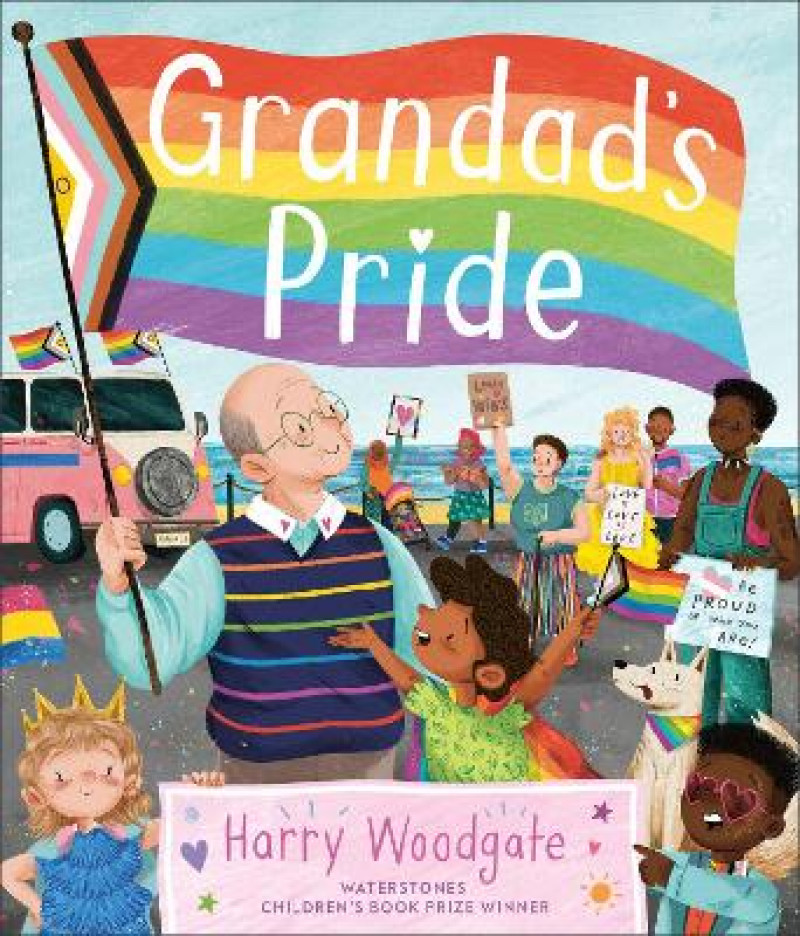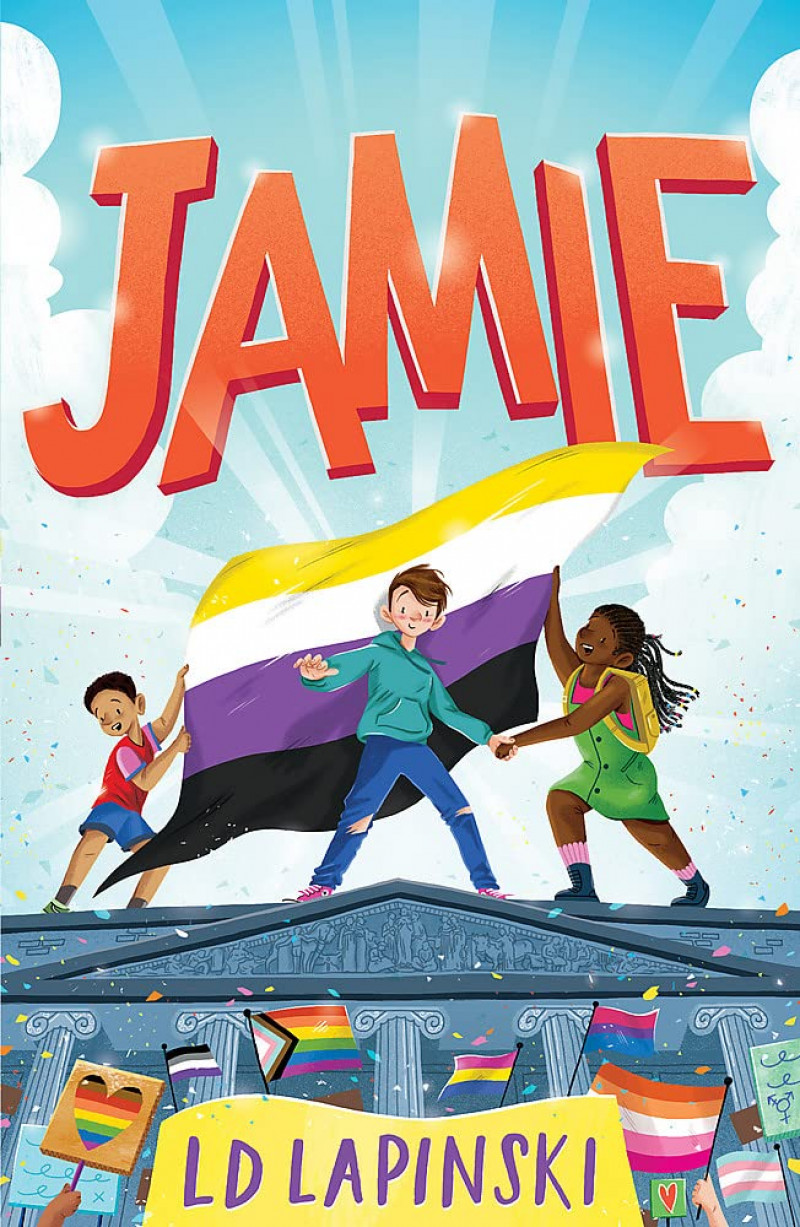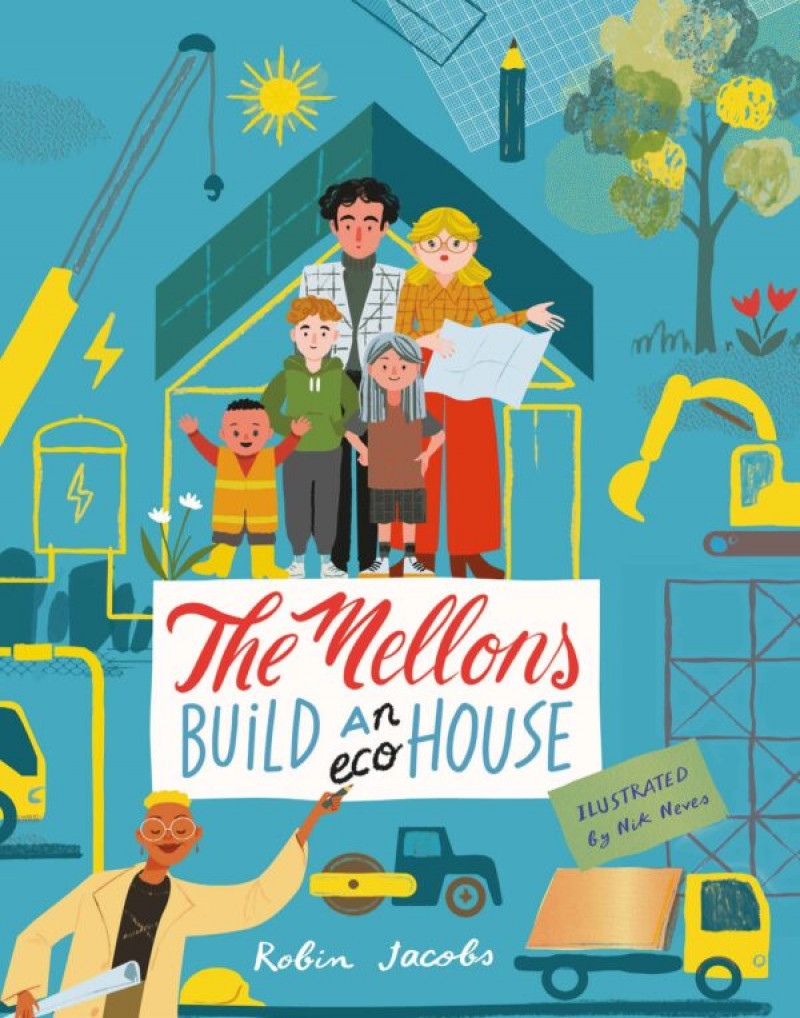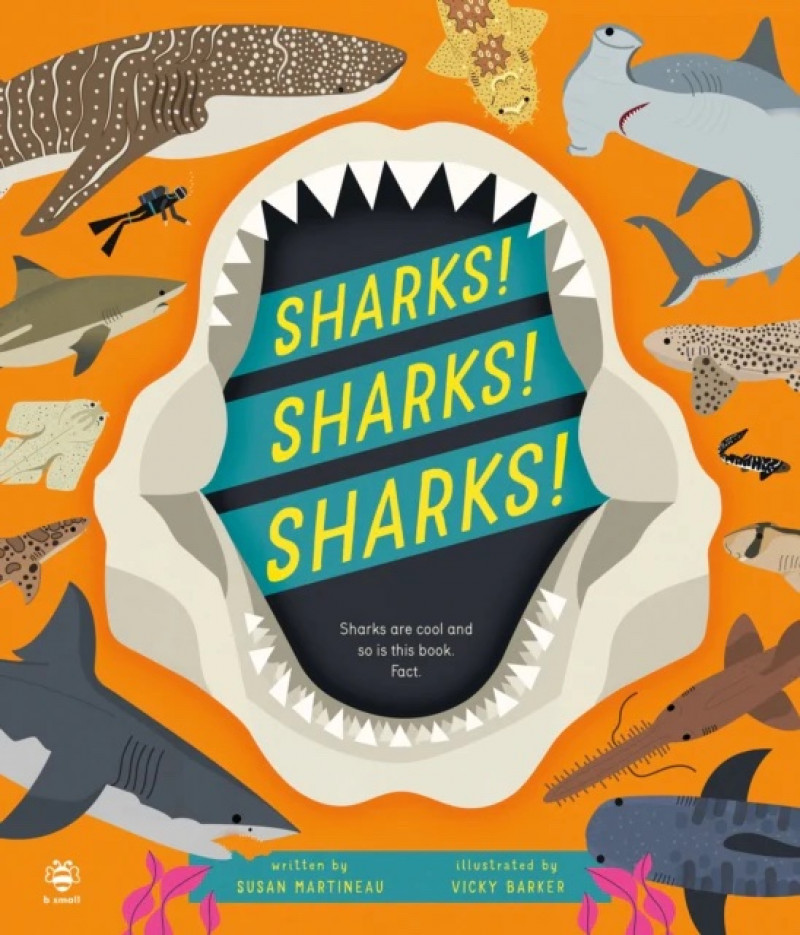Posted on: 26/05/2023
June is, of course, PRIDE month: a global celebration of members of the LGBTQIA+ community, but more importantly, a protest. The ‘Pride is a Protest’ movement reminds us that there is still much to be done both nationally and internationally. There are still sixty-seven countries where being LGBTQIA+ is illegal. Hate-crimes are sky-rocketing, and we need to ask the question, how much progress have we actually made? But what are the origins of the PRIDE movement? Well, we’ve several texts that are part of our offer that explain exactly this. For example, PRIDE, the story of Harvey Milk and the Rainbow Flag by Rob Sanders and Steven Salerno. In this moving biographical piece, Sanders depicts how PRIDE’s origins were first and foremost a protest after the patrons of the Stonewall LGBTQ inn in New York were forcibly removed and subsequently arrested for not ‘dressing appropriately’, amongst other things. What was supposed to be a safe space became exactly the opposite. The remarkable courage then shown by Harvey Milk – a visionary, civil rights leader – who became one of the first openly gay elected officials in San Fransisco is explored through our Writing Root for PRIDE, and children have the opportunity to write speeches, explore the idea of protests and then go on to write a biography of Harvey Milk. We’ve also created a Writing Root for ‘Stonewall’ (also by Rob Sanders), aimed at children in upper primary to explore the uprising that was borne out of the need for equal rights for members of the LGBTQ+ community. That’s not to say however that once a theme or topic has been broached, the work on building awareness; developing empathy; allowing children to see their own and the realities of others within text is ‘done’ for another year. So whilst this review is, in part, a celebration of the LGBTQ+ community, timed for PRIDE month, and features glorious literature, the literature we make available to the children we teach must be relevant, varied and visible year-round. To see our LGBTQ booklist, click here: https://literacytree.com/blog-and-book-lists/post/lgbtq-book-list/ But there are other elements to this month’s review, too. In addition to the theme of ‘Pride’, we’re also thinking about prejudice and progress: how can the casting of aspersions cause damage? How might we be damaging our world and each other by continuing to think and act in ways that we now perhaps shouldn't be? And how might we make progress in finding our place in order that we can create space for others? Pride, prejudice and progress… these books have it all!
Grandad’s Pride by Harry Woodgate (Anderson Press, 1st June 2023)
We were thrilled to be sent an unbound printer’s proof of this stunning sequel to Grandad’s Camper by Harry Woodgate, who brings such joy to each and every page: their illustrative style is as joy-filled and uplifting as their words. As she does every holiday, a little granddaughter has gone to visit Grandad by the sea. Inquisitive and intuitive, she stumbles upon Grandad’s old PRIDE flag whilst rummaging in the attic. Bound to the colours and the fabric of the flag are the memories of love and joy that were Grandad’s relationship with Gramps. The origins of PRIDE are explained and this becomes the inspiration for what we really wanted to see in this sequel: A PRIDE parade and party of Grandad’s very own. At first, he is a little reluctant. He feels old (and – his granddaughter worries – perhaps it feels sad to be doing something that Gramps so loved without him there). The entire community by the sea embraces the idea and everyone contributes in some way. But on the big day of the parade, Grandad is nowhere to be seen. What if it's all too much? What if he feels that he can’t attend and enjoy himself without Gramps there? They look everywhere until suddenly, Grandad’s camper (so lovingly restored in the first book) appears right at the front of the parade! Grandad’s leading the parade. And in uncanny synchronicity, this sequel is rather similar to what we’ve suggested children using our Writing Root for Grandad’s Camper write as their sequel! Beautiful and life-affirming, this is a huge expression of acceptance and celebration of all members of the LGBTQ+ community and perfect as an introduction to young children (also the perfect inspiration from which to plan and hold your own PRIDE party at school or home!)


Jamie by L.D. Lapinski cover illustration by Harry Woodgate (Orion Children’s Books, 30th March 2023)
PRIDE is also about educating those who are not members of the LGBTQ+ community in order that they can be true allies and stand together for inclusion and representation. Reframing preconceived ideas; the wording we use in everyday interactions and asking: asking when we’re not sure what somebody’s preferred pronouns are; asking how we can make someone feel comfortable if we ourselves are unsure of others’ preferences. It is everybody’s duty to ensure all feel welcome and that the message that there is room for everyone at the table is something we as educators convey. And this fabulous new novel by L.D. Lapinski does exactly this. Jamie (they/them/theirs) is a non-binary young person completely happy in their skin. They feel accepted, loved and that they can be themselves. This isn’t about a character who is struggling with their identity rather others struggling to reframe thinking and – for some – change their prejudice ways. The trouble begins in Year 6 when the topic of applying for Year 7 places arises: the only options for where Jamie lives are St Joseph’s – a school for boys – or Queen Elizabeth girls’ school. Nowhere for a non-binary person to go. Jamie soon realises that it’s down to them to use this as a teachable moment but can they cope with the frustration and rejection at knowing there doesn't appear to be a ‘fit’ for them in terms of secondary? Why should they have to be a front-runner when they feel so happy yet others seem to have a problem with a person who appears ‘awkward’? And how can they possibly choose when their best friends Daisy (she/her/hers) and Ash (he/him/his) know without a doubt which schools they’ll be accepted at? With a brilliantly succinct explanation of the origins of PRIDE on page 123, as explained by Jamie’s older brother Olly (he/him/his), this is a story that needs to be available in year 6 classes and to be read by teachers as much as the young people it is intended for. Replete with cover illustrations by Harry Woodgate, this is an utterly joyous and very important book.
The Mellons Build an eco House by Robin Jacobs, illustrated by Nik Neves (Cicada Books, 18th May 2023)
The Mellon family have outgrown their house. Having viewed several places in varying styles, all built in different periods they come to the conclusion that they should self-build. So they must decide what they’d like their new house to be like so that everyone’s needs (and wants!) are met: the littlest member of the Mellon family would like a swimming pool; Mum wants a study and Dad would like a big kitchen. But they are all agreed on one thing: their new house shouldn't just suit their needs but also be a house that is ‘lean, clean and green’. There follows one of the most cleverly architected (sorry!) books that expertly runs a storyline parallel to details around designing and building an eco-home: ensuring that panels click together perfectly to prevent heat from escaping; the use of sustainable materials such as ‘green’ concrete and locally sourced timber to reduce the carbon footprint. Masha, the Mellons’ architect, is on hand at all stages of the process to explain the decisions made in relation to the environment but the reader is also exposed to a plethora of tier-three construction-related vocabulary. The illustrations are extraordinarily effective from the people (including the little one sporting work boots and a hi-vis) and Masha’s inimitable sense of style, to full-page spreads on graph paper, and blue-prints and arial projections of final designs. This would be such a fantastic book for children of any age – perhaps for siblings to read together – but would also be perfect for children in Year 1 and Year 2 exploring the environment or anything to do with construction. And in terms of circling back to this month’s themes, progress is evident on all levels: the house is built; the environment is considered; the family move forward with their lives and the building industry is a career open to all.

Non-fiction

SHARKS! SHARKS! SHARKS! Sharks are cool and so is this book. Fact. by Susan Martineau, illustrated by Vicky Barker (b small publishing, 1st June 2023)
One creature that has seemingly always faced prejudice is the shark and this brilliant new offering from Martineau tackles this unfair preconception head-on. Sure, there are sharks so huge that they grow up to 6m long but also tiddlers that could fit on the palm of a human hand. The Great White shark is perhaps simply misunderstood seeing as the book suggests they don't relaly intend to eat humans just that sometimes, for example, a human on a paddleboard may appear to be a tasty seal from below the surface of the water. And although probably not great if one encountered a shark in the wild, they are incredibly perceptive even having sensors on their noses called ‘ampullae of Lorenzini’ that ensure they can detect electrical signals that give away the exact location of prey. There’s a section on ‘Mystery sharks’ that explores what little is known about the Greenland shark – not dangerous to humans – but slow, gentle-sounding creatures that are rarely sighted being that they live in such cold, deep waters. It is even thought that these sharks live to be 100’s of years old! The penultimate double-page spread is hardest hitting though with the message that sharks are in danger: ‘Sharks are in great danger from humans. Not many people are killed by sharks, but humans kill MILLIONS of sharks EVERY YEAR.’ Some sharks are eaten; some are hunted for their liver so it can be used in the beauty industry and some are hunted for sport or meet sad ends becoming entangled in fishing nets. We talk of dolphin-friendly nets but perhaps shark-friendly fishing equipment should be used too? Very cleverly written and stunningly illustrated too. There are frequent suggestions of the curvature of waves and the undulations of these graceful swimmers throughout the book and there are pages riotous in colour too! Perfect for key stage one and lower key stage 2 classrooms but would also make a lovely gift for nature lovers.
Posted in: Literature Review